Reinforcement Pad vs Weldolet
A reinforcement pad is welded around the branch to compensate the weakness created by making a hole in the run pipe, on which the branch will be placed.


For a branch with a Weldolet, for example, no reinforcement pad is required, because the Weldolet fitting guarantees a strong and reliable connection due to its construction.


Which of the two branch connections?
Both have their pros and cons, and the choice depends on a customer's requirements, but both can form a strong connection.
Initially, the designer will first have to find out whether a reducing tee is commercially available; this fitting is preferable in most cases.
Looking at the reinforcing pad, in a number of cases the Pad will be the right choice, but in terms of cost, in my opinion the Pad will be more expensive. The reinforcement pad will have to be manufactured by mechanical people and more welds will be needed during installation.
The images of the reinforcement pad also show a so-called ‘Weep Hole’. This can have several functions, but must be present in every reinforcement pad, which also involves extra handling.
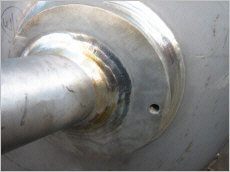
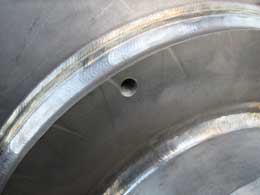
Actually, a reinforcement pad up to this point has only disadvantages. Of course not. The two images above show thick Pads on a thick-walled vessel. The branch is at an angle of about 30 degrees and a standard Weldolet was not an option.
Suppose you have an existing run pipe 24inch schedule 20 (WT 9.5mm) and want to make a branch 8inch schedule 20 (WT 6.35mm) in it.
In this case a Weldolet can be placed, but many companies in the oil and gas industry still use a reinforcement pad, why? a designer can tell you that much better than this article.
If we look at the Weldolet® it is a standard product and is available in almost all dimensions. (Weldolet is a registered name by Bonney Forge, another often used name is Welding Outlet.)


The two images above show a Weldolet welded onto a Run Pipe with a flange welded directly onto it. The other image shows a Run Pipe with multiple Weldolets welded onto it.
A negative effect of a Weldolet is the weld that has to be made. If the weld is made according to the standards, we are dealing with a fairly thick weld, where a lot of heat has been generated during welding.
With a thin wall thickness of the Run Pipe, the Weldolet sinks a little in the pipe, which creates a bad visual impression. However, the strength of the connection is maintained, and a professional welder knows how to prevent the sinking.
Actually I can be brief about the use of Weldolets or other O'lets.. with some exceptions, the Weldolet deserves the number ONE in branch connections.
Related Post(s)

The branch table defines the connection type between a Run Pipe and a Branch. The strength decreases due to the hole in the run pipe...
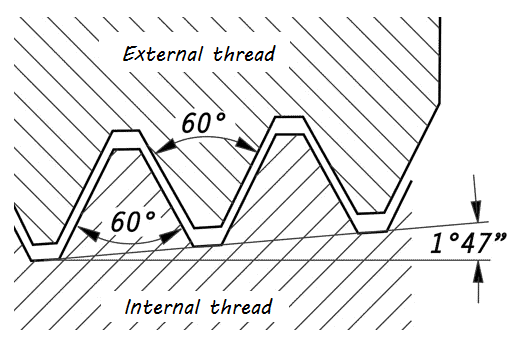
With large pipe dimensions, it is customary, to form a TEE intersection by cutting a hole in the straight run (the header) and welding in the leg perpendicular (the branch)...
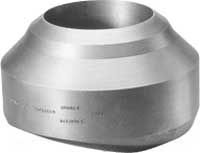
Branch Connection fittings (also known as O'lets) are fittings which provide an outlet from a larger pipe to a smaller one (or one of the same size)...

Weldolets are typically used in high-pressure and high-temperature applications where a strong and reliable connection is required...
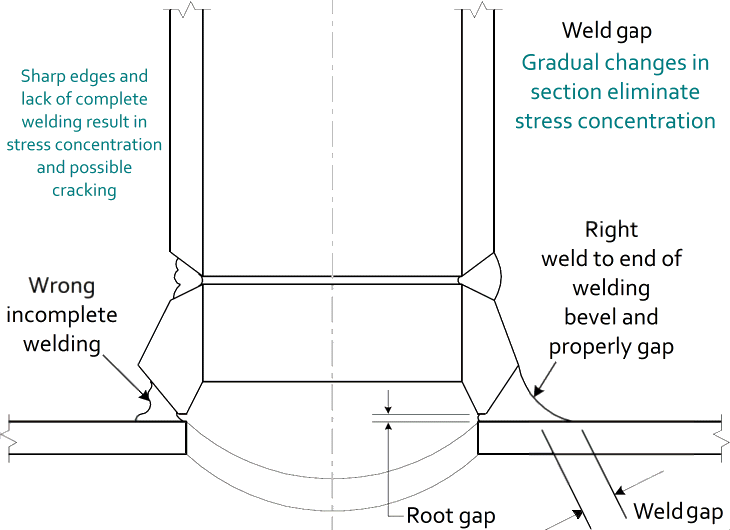
ASME B31 Series of Codes and the ASME Boiler and Pressure Vessel Code set the requirements for reinforcement of branch connections and nozzles...